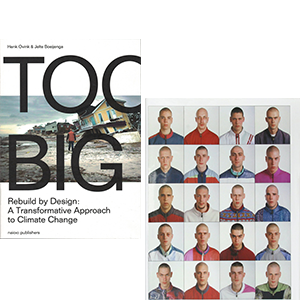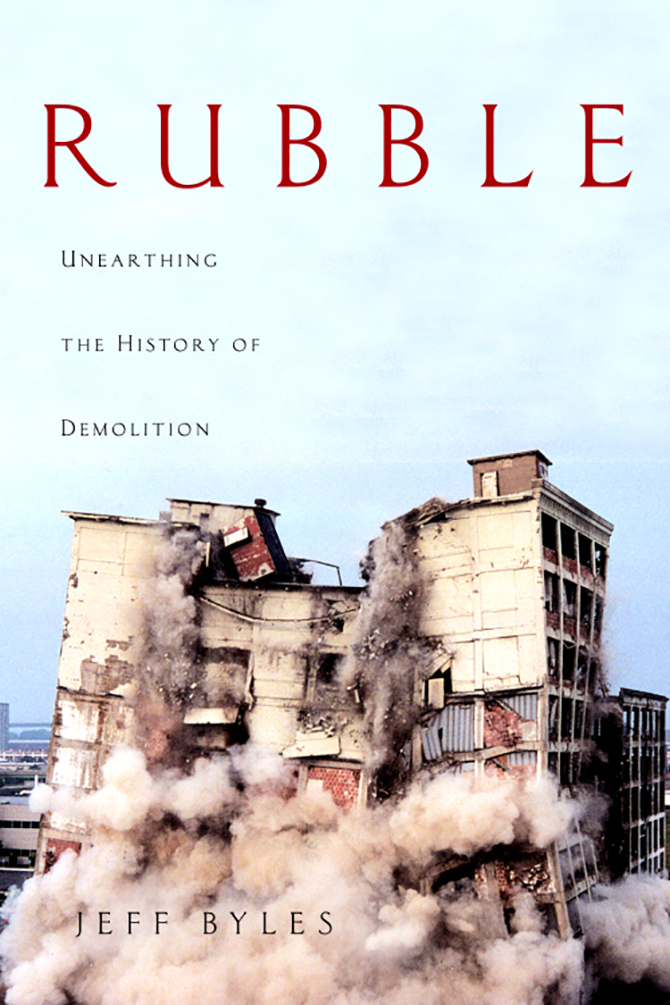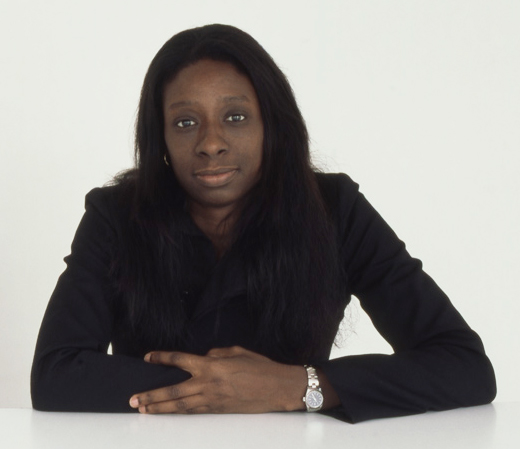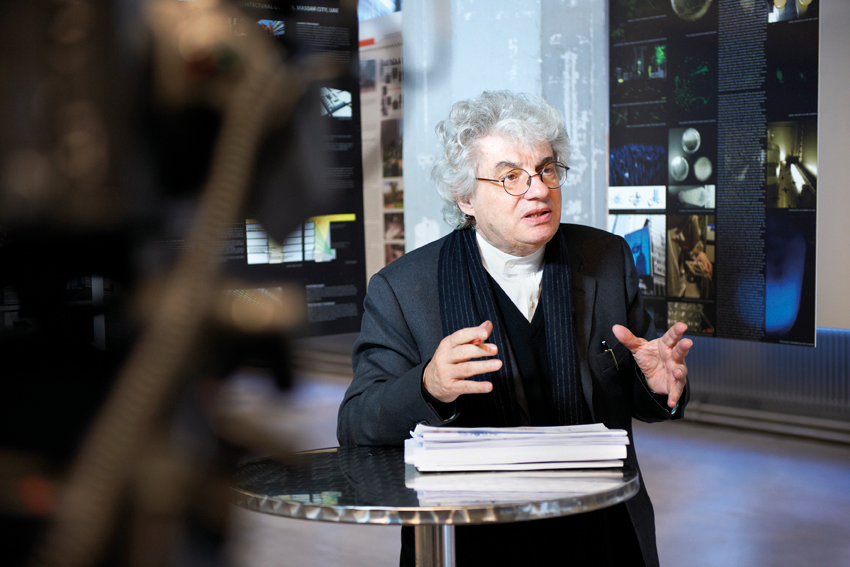On Amanda Levete’s bookshelves
Founder of AL_A in 2009, British architect Amanda Levete was recently appointed to rethink the Paisley Museum in Scotland. Passionate about art history, she shares with AA three of her reference books.
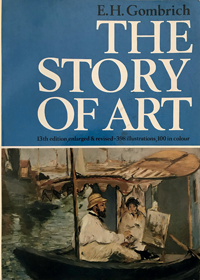
Histoire de l’art
Ernst Hans Gombrich,
Phaidon, Paris, 1950 (première édition).
During my year at art school, I naturally started reading about art history and through that reading I discovered architecture. Reading about architecture in the context of art, from Renaissance Italy to European Modernism, I was struck by the profound role our discipline has played in the making of civilisations. Gombrich opened up a new world to me embodying everything I value most. For me, architecture is such a rich field because it touches on so many issues beyond creativity, on society, economics, politics.
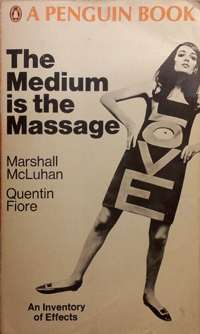
The Medium is the Massage
Marshall McLuhan,
Penguin Books, London, 1967 (first edition).
I have always been interested in the messaging of things and this book raised questions about the hidden ideologies within the visual. Many years later I held onto McLuhan’s thesis when Jan Kaplicky and I were working on the competition for the Media Centre at Lord’s Cricket Ground. As a building it is pure McLuhan, it’s both the medium and the message — it’s the place from which the message is broadcast and at the same time images of itself are broadcast around the world.
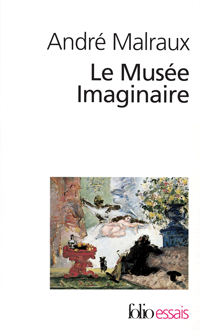
Le Musée imaginaire
André Malraux,
Gallimard, Paris, 1965 (first edition).
This book has been a constant companion. It’s not about scholarship but about ideas, written in sublime prose. I first came across Malraux’s work as a student, drawn by its conceptually provocative title that mirrored my obsession at the time with ‘buildingless’ architecture. Our project at the V&A in London also references Malraux’s ideas, which in retrospect seem incredibly prescient in imagining the digital world without walls that we inhabit today.
—
You can find this article in the 432nd issue of L’Architecture d’Aujourd’hui, available in bookstores and on our online store.

